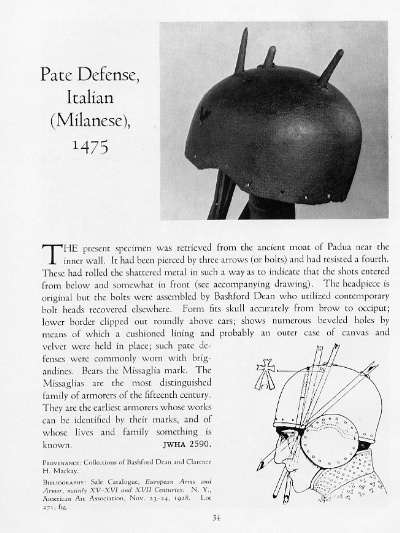Posts: 279 Location: Central NJ
Thu 15 Sep, 2005 11:13 am
Of course, when it comes to evaluating the power of steel-staved crossbows of the later Middle Ages and Renaissance, we should also consider the power of earlier wood-staved and composite-staved models.
The Alexiad, written by the Byzantine Princess Anna Comnena, offers a description of the crossbow used by Western Crusaders during the First Crusade:
The cross-bow is a weapon of the barbarians [i.e., Franks], absolutely unknown to the Greeks. In order to stretch it one does not pull the string with the right hand while pushing the bow with the left away from the body; this instrument of war, which fires weapons to an enormous distance, has to be stretched lying almost on one's back; each foot is pressed forcibly against the half-circles of the bow and the two hands tug at the bow, pulling it with all one's strength towards the body... They [the bolts] are short, but extremely thick with a heavy iron tip. In firing, the string exerts tremendous violence and force, so that the missiles wherever they strike do not rebound; in fact they transfix a shield, cut through heavy iron breastplate and resume their flight on the far side, so irresistable is their discharge. An arrow of this type has been known to make its way right through a bronze statue, and when fired at the wall of a very great town its point either protruded from the inner side or buried itself in the wall and disappeared altogether. Such is the cross-bow, a truly diabolical machine. The unfortunate man who is struck by it dies without feeling the blow; however strong the impact, he knows nothing of it.
Even allowing for exaggeration, that's pretty impressive.

